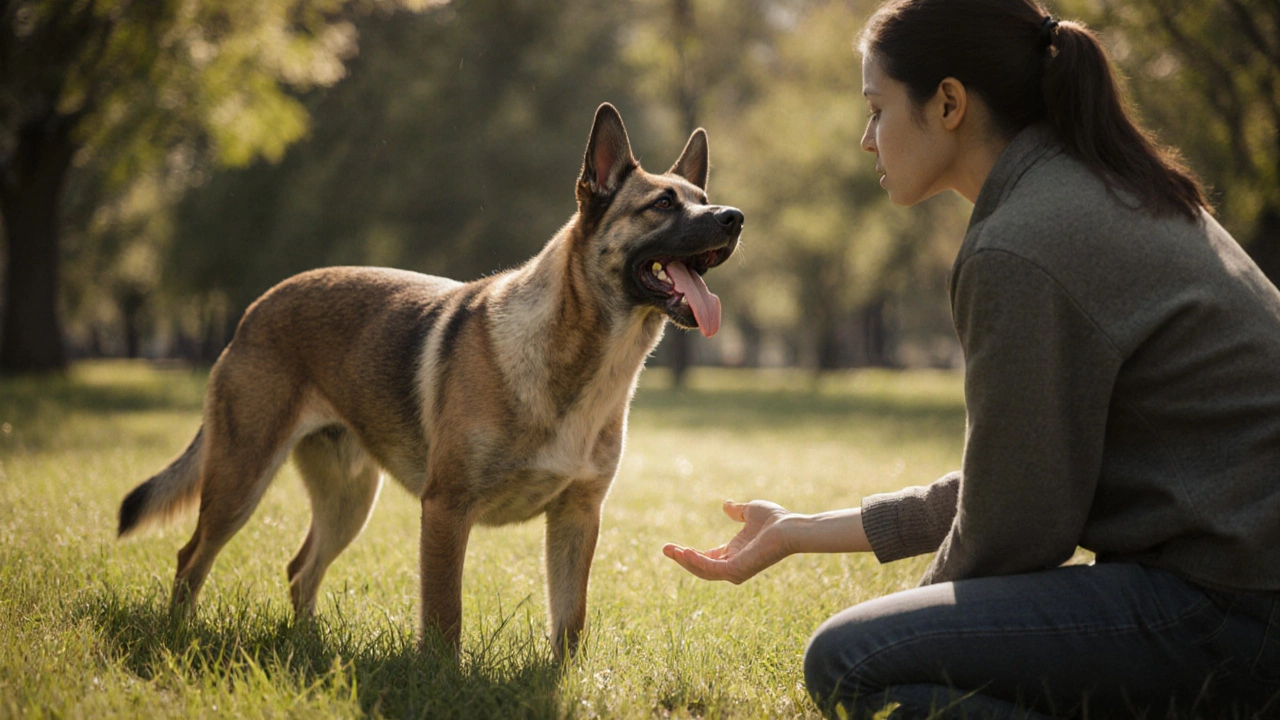Dog Etiquette: Essential Manners for Happy Dogs
When thinking about dog etiquette, the set of polite behaviors dogs should show in public and at home. Also known as canine manners, it helps dogs get along with people and other pets. Dog etiquette isn’t just a nice‑to‑have; it’s the backbone of safe walks, calm vet visits, and friendly park play. Good etiquette includes walking on a loose leash, greeting other dogs calmly, and waiting patiently for a treat. It also means respecting a homeowner’s rule about keeping dogs off furniture. In short, dog etiquette is a collection of habits that keep both dogs and humans comfortable.
How Training, Behavior, and Socialization Shape Etiquette
Effective dog training, a structured approach to teach dogs commands and proper conduct lays the groundwork for good manners. Dog behavior, the natural responses and habits a dog displays reflects the results of training and daily experiences. Dog socialization, exposing puppies and adult dogs to varied people, places, and other pets fine‑tunes those habits so they become reliable in real‑world settings. In practice, dog etiquette encompasses leash manners, polite greetings, and respectful interactions with both humans and other dogs. Dog etiquette requires consistent training, because without clear cues a dog can’t know what’s expected. Dog etiquette influences how owners experience public spaces, and a well‑trained dog often opens doors to more dog‑friendly venues. Together, these three pillars create a feedback loop: training shapes behavior, behavior is reinforced through socialization, and refined behavior makes future training easier.
What does this mean for you? If you’re ready to boost your pup’s manners, start with short, positive training sessions that focus on “sit,” “stay,” and “heel.” Pair those commands with real‑world practice—walk past other dogs, stop at park entrances, and reward calm behavior. Observe your dog’s body language; signs of tension signal a need for more gradual exposure. Over time, you’ll notice your dog waiting politely for a door to open, keeping a loose leash around strangers, and asking before jumping onto laps. Below you’ll find articles that dive deeper into specific etiquette topics—like how to stop excessive barking, the pros and cons of 24/7 collars, and the best night‑time feeding schedule for a well‑behaved dog. These guides give you actionable tips, science‑backed insights, and real‑world examples to help you turn theory into everyday harmony. Explore the collection and start building a calmer, more confident companion today.
Posted By Bryndle Redding On 8 Oct 2025 Comments (0)
Dog Petting Etiquette: Where Not to Touch Your Canine
Learn which spots on a dog are off‑limits for petting, read warning signs, and follow a simple checklist to keep both you and the dog comfortable.
READ MORE